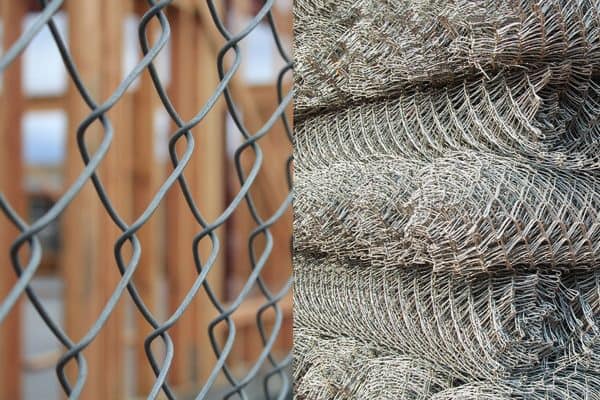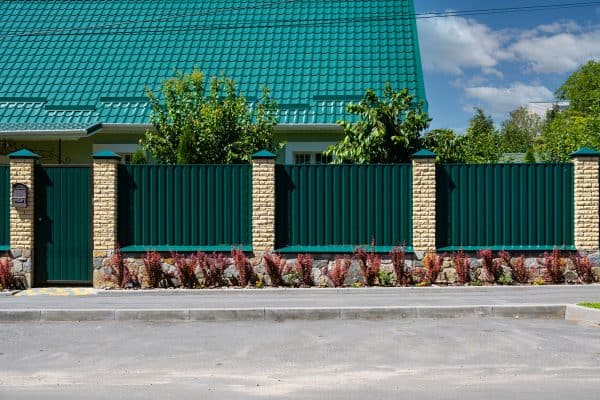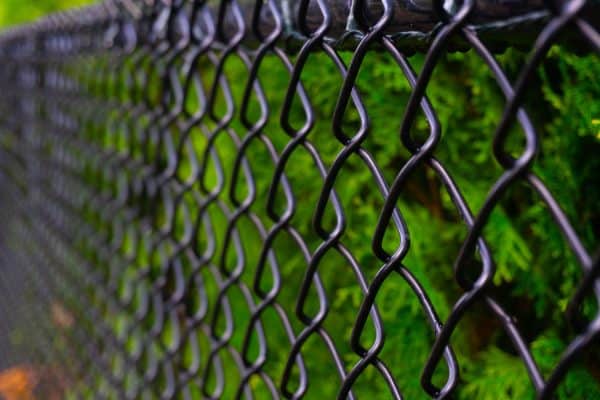Metal is an excellent material for fencing because it is durable, and appealing to the eye. Metal does not typically offer a high level of discretion unless installed in sheets, as is the case with corrugated metal. To help you learn how to frame your corrugated metal fence, we did proper research to come up with reliable information.
To frame a corrugated metal fence, you should carry out these four procedures:
- Choose the type of corrugated metal
- Attach the galvanized metal to wood
- Frame vertically or horizontally using 2x4 wooden pieces
- Proceed to support the top and bottom with a 2x2 rail
Hang on and keep reading to get more detailed information on the materials needed for this project and the step-by-step procedure.

Corrugated Metal Fence Frame: Types and How to Frame Them
A corrugated fence is constructed from a corrugated metal sheet with ridges. It is a stretched and bent metal sheet used for different types of construction, including fencing and roofing.
The frame gives the fence a defined shape and an area for attachment. There are different types of corrugated metal fence frames. Below is a list of some examples.
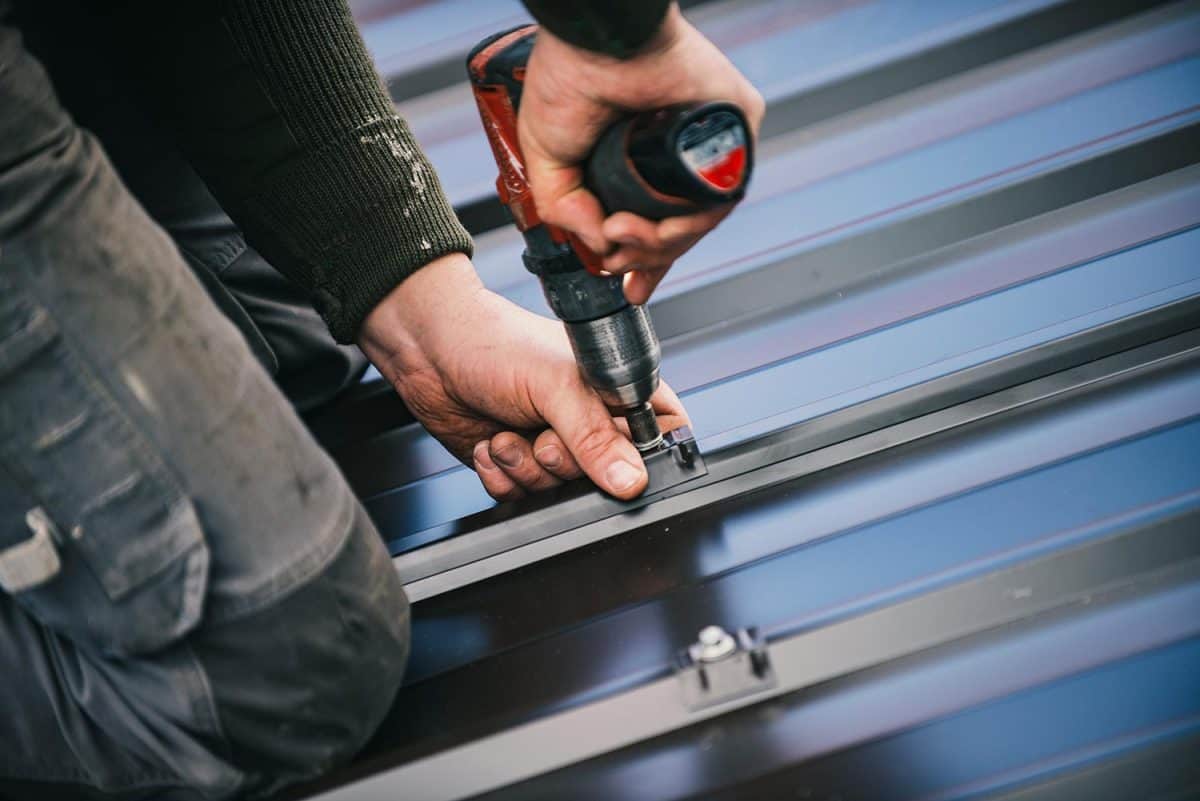
Vertical Corrugated Metal Fence Frame
If you prefer a more classic vertical fence style but want to utilize corrugated metal panels instead of fence pickets, you should go for vertical corrugated metal fence frames. Building a fence with a height of six feet requires you to construct three horizontal rails out of 2x4s at intervals of between six and eight feet.
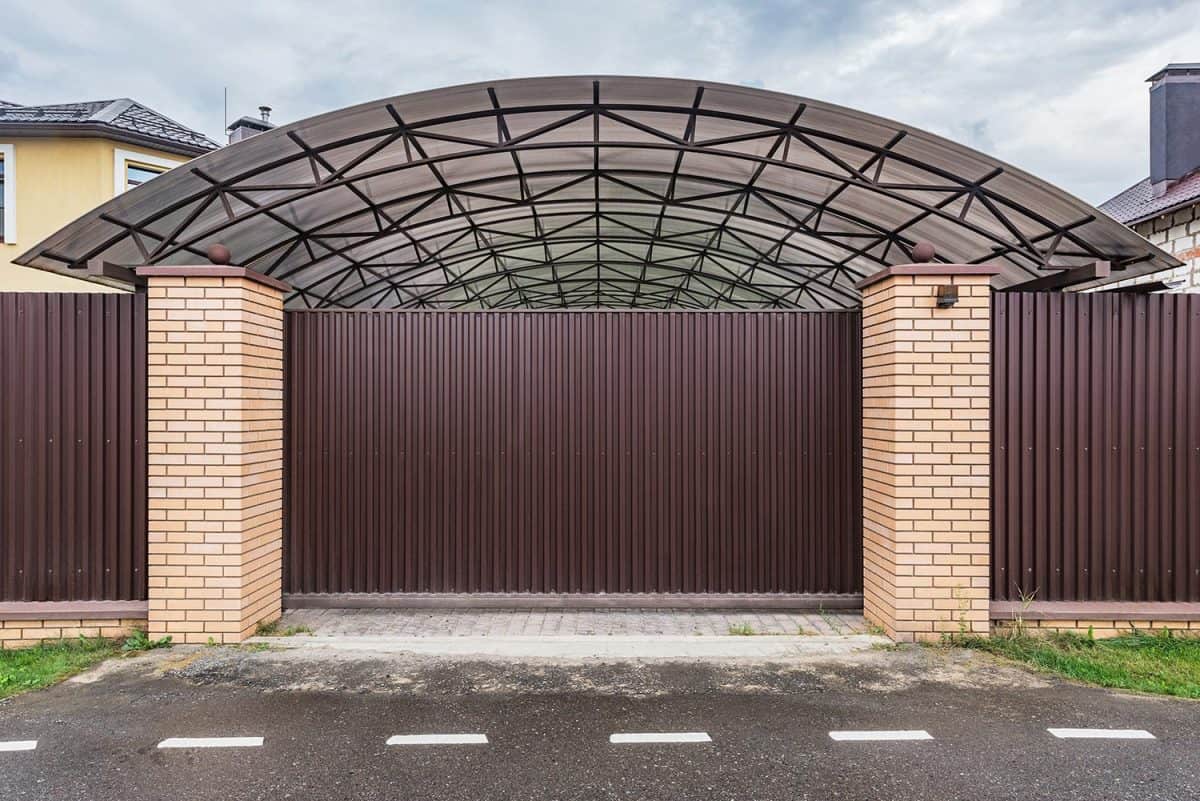
When adding rails for a more sturdy vertical panel fence, a distance of six feet between posts is okay. Install your panels at six feet by attaching them vertically to each rail. Do this by using a metal-to-wood screw of one inch in diameter that goes through the flat section of the panel.
If the width of your panels is three feet, you will end up with two panels for every six feet, making it simple to figure out how much material you will need. Make sure to fasten the panels together in any areas where they overlap.
Depending on the metal, you might need to screw through the rib. Some kinds of metal have an additional tiny flap that needs to be secured on the flat side. Use a screw placed just before the very last rib to link the two. In contrast to roofing, you won't need to worry about preventing water from getting in.
Add a 2x2 to the top of the bottom rail and the bottom of the top rail if you want your vertical panels framed by the wood posts and wood rails. Place the 2x2 in the direction of the back of the 2x4. You can attach the metal panels in the space between the top and bottom rail by screwing them through the 2x2s.
Horizontal Corrugated Metal Fence Frame

Horizontal fencing is the best option if you want your backyard to have a more contemporary and modern appearance. The installation of corrugated metal fence panels in horizontal orientation is even more straightforward than installing them vertically.
Install your fence posts at a distance of six to eight feet apart if you want a fence that is six feet tall. For thicker 26 gauge panels, the maximum distance the posts should span is eight feet. Install your posts at a distance of six feet if you are using the 29 gauge.
Position 2x2 inch wood piece, aligning it with the rear of the 4x4 post. When installing to the 4x4, use screws at least three inches long. Take the distance between the top and bottom 4x4s with a measuring tape.
Use that distance as the guide for cutting your corrugated metal panel. Hold the bottom panel against the 2x2s with the assistance of somebody else as you install the screw through the wood and into the metal.
Now repeat this step with the top panel, ensuring it overlaps the ribs and secures to the 2x2s. If you want the front and back of your fence to have the same appearance, you can achieve this by attaching a 1x2 piece of wood to the top of the metal panel.
If the width of your panels is three feet, you shouldn't have to cut them to construct a fence that is six feet tall when put horizontally. Because the metal panels are strong enough to span the six feet without the need for rails, there is no need to install them.
Panels Overlapping 4x4
If you want your backyard to have a more modern aesthetic, you can achieve this by overlapping the 4x4s. This will give your fence the appearance of sleek metal throughout.
Install your 4x4 posts at regular intervals of six feet throughout the whole length of your fence. Before installing the panels for this design, you will want to ensure they are all ready to go.
Beginning with the bottom corrugated metal panel, fix it in place on the first post with the help of a second person, and then clamp it to the second post. It is unnecessary to secure the second post until you are ready to install the following panel.
First, release the clamp on the first panel, then keep the second bottom panel in place as you secure both panels to the post simultaneously. Installing one screw on the second or third flat area of the metal panels is the method that requires the least amount of effort.
To properly secure your screw, you may first need to pre-drill a hole through both panels. You should have a second person to assist you in keeping the panels in place. This is the most challenging aspect of installing this particular fence design.
Before installing the top metal panel along the fence line, you should finish putting the bottom panel along the fence. The installation process for the top panel will be the same as the installation process for the bottom panel.
How Do You Make a Metal Panel Fence?
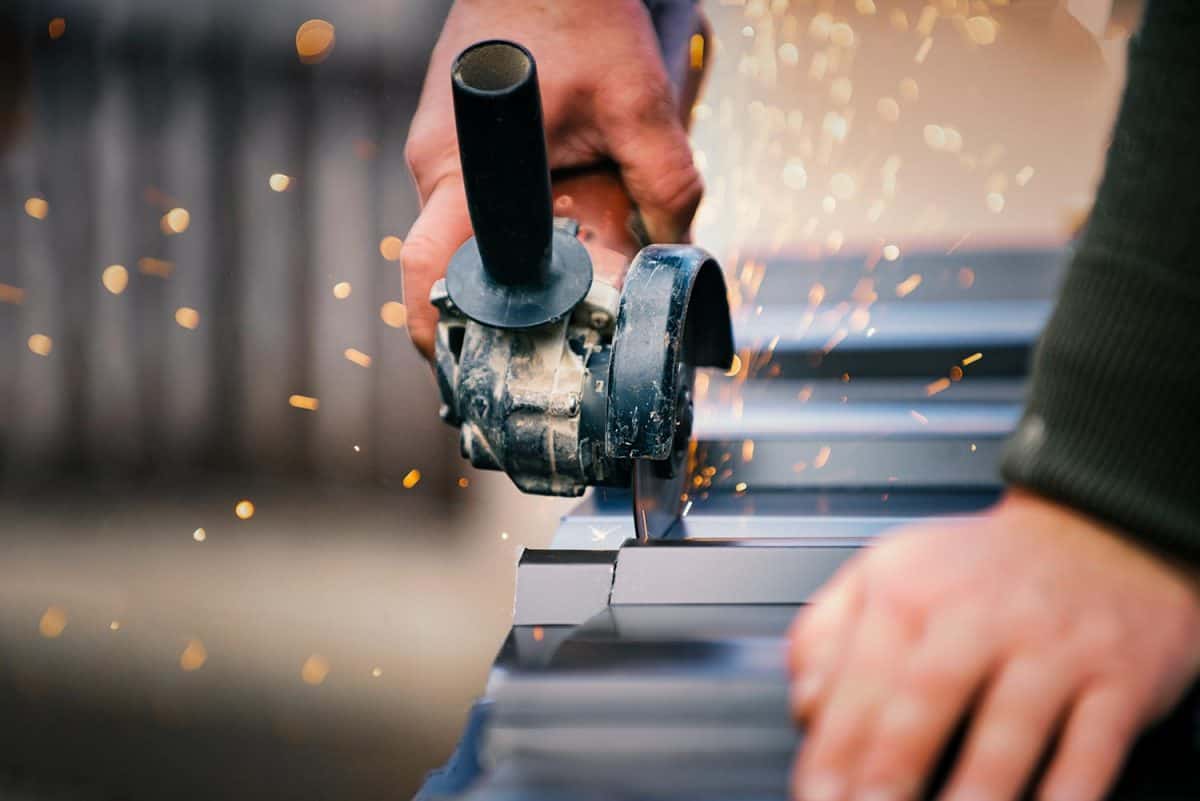
To start, you will need corrugated steel panels. The number of panels required will change depending on the dimensions of the space to be enclosed. Here are the procedures involved.
Attaching To Brick
To begin, use concrete screws to secure the furring strips. Use the masonry bit that came with the screw kit to perform the preliminary drilling for the holes. Ensure the steel panels are arranged in sequence with gaps between them.
The steel screws should be drilled through the panels and the furring strips to ensure there is always an overlap.
Framing
First, you will need to measure the length of the section of your fence that will be covered. The next step is to run a string line across the area to denote where your post holes will go. This will ensure that the holes are dug perfectly straight and level.
Install the posts, ensure they are appropriately plumbed and pour in concrete that dries in less than a quarter of an hour. Install a board that will serve as a plinth across the base, ensuring balance before screwing.
Mark the rail where the nail will go, and then use a circular saw to cut out the notch. Build a box structure on which you can attach your corrugated sheets. After attaching the metal to the frame, check the necessary number of additional panels and then secure them to the fence.
How Do You Attach Galvanized Metal to Wood?

When it comes to affixing a piece of metal sheet to a wooden frame, there are a few distinct options available to choose from. You can attach the sheet metal to the wood using screws, cement, or nails. Another option is to use cement as an adhesive.
Because this is one of the most fundamental procedures available to you, it is a good option for individuals who do not have significant expertise working with sheet metal. You still need to work with caution, even if you are experienced.
First, position the metal sheet to sit on the wooden framework. Make a note of the spots where you intend to install the locks. Drill pilot holes through the sheet metal. These holes should be smaller than the heads of the nails used to fasten the sheet metal.
Rearrange the metal sheet to position it on top of the wooden frame. Clamp it temporarily if the surface is slanted or the metal slips. Next, position each finishing nail over the pilot holes and then use a hammer to tap it into place. Work your way around the sheet metal until it is completely fastened to the wood.
To Wrap Up
There are many reasons why corrugated metal is an excellent fencing material. In contrast to wood, corrugated metal does not require frequent treatment or staining to maintain its appearance. This ensures the fence will last throughout the year.
To learn more about fencing, read these related posts:

